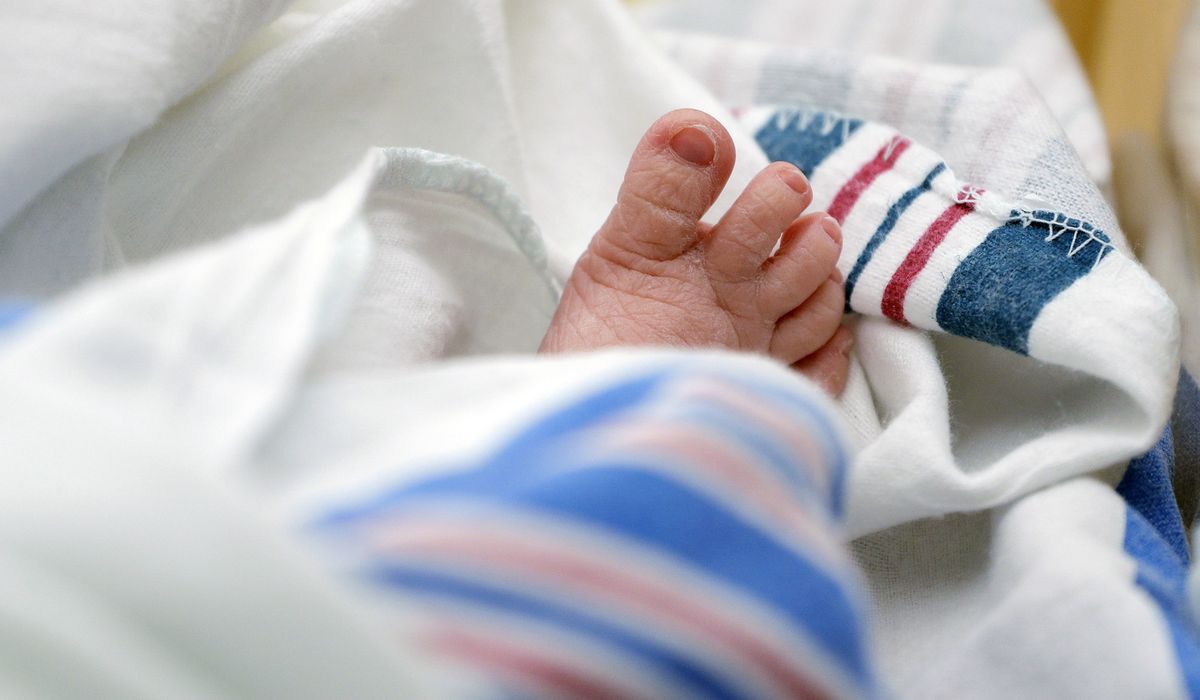


The rate of infants dying before their first birthday jumped 3% in 2022, the biggest surge in 20 years, according to new provisional federal data.
The Centers for Disease Control and Prevention reported Wednesday that the U.S. infant mortality rate hit 5.6 deaths per 1,000 live births in 2022, up roughly 3% from 5.44 in 2021. The CDC previously reported in September that the rate edged up in 2021 by about 0.4% from 5.42 deaths per 1,000 births in 2020.
The 2022 spike represents the first “statistically significant” increase in infant mortality since the rate jumped from 6.8 deaths per 1,000 births in 2001 to 7 deaths per 1,000 births in 2002, the federal agency noted.
The CDC found the number of infant deaths also increased by about 3% — from 19,928 in 2021 to 20,538 last year. In 2021, it rose by 2% from 19,578 deaths in 2020.
According to the same report, Americans had 3,446 more children last year, as live births increased from 3,664,292 in 2021 to 3,667,758 in 2022.
In 2021, Americans had 50,645 more children amid a pandemic-era baby boom, with live births jumping sharply from 3,613,647 in 2020.
“The number of infant deaths can increase and there will not be a significant increase in the rate because the rate accounts for the variation in the number of births,” Danielle Ely, a CDC statistician and co-author of the report, told The Washington Times.
According to CDC records, the infant mortality rate has increased annually on only five occasions — 2002, 2005, 2015, 2021 and 2022 — since the federal agency first linked infant births and deaths in a single file in 1995.
The 2022 rate remains 18.5% lower than the agency’s “recent high” of 6.86 deaths per 1,000 live births in 2005.
From 2021 to 2022, CDC researchers found the neonatal death rate for babies who died before 28 days increased by 3% from 3.49 to 3.58 deaths per 1,000 live births. The post-neonatal death rate for those who died after 28 days increased by 4% from 1.95 to 2.02 deaths per 1,000 live births.
The report also noted significant increases in infant mortality rates for American indigenous women, White women, women aged 25 to 29, male infants and preterm babies.
Among the leading causes of infant death, the CDC noted that a jump in maternal complications and bacterial sepsis drove the increased infant death rate and tally last year.
While the CDC did not explain these changes, some health experts contacted by The Times said tightened abortion restrictions in some states may have played a role.
The CDC report noted that infant mortality rates increased in Georgia, Iowa, Missouri and Texas — all of which moved to restrict abortion before and after the Supreme Court returned jurisdiction over the procedure to the states in June 2022.
Rising infant mortality is “bad news” for the nation’s health since it suggests state-level abortion restrictions could be forcing more women to carry unhealthy pregnancies to term, said Josh Sharfstein, a public health professor at Johns Hopkins Bloomberg School of Public Health.
“Access to reproductive health care is generally associated with improved health outcomes,” Mr. Sharfstein said. “There are certain conditions where a child is going to die after birth, and if it’s not a termination, there will be death after delivery.”
• Sean Salai can be reached at ssalai@washingtontimes.com.
